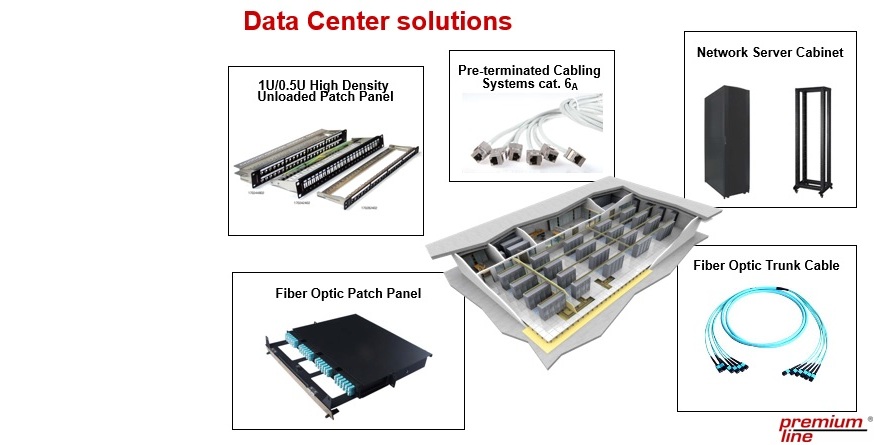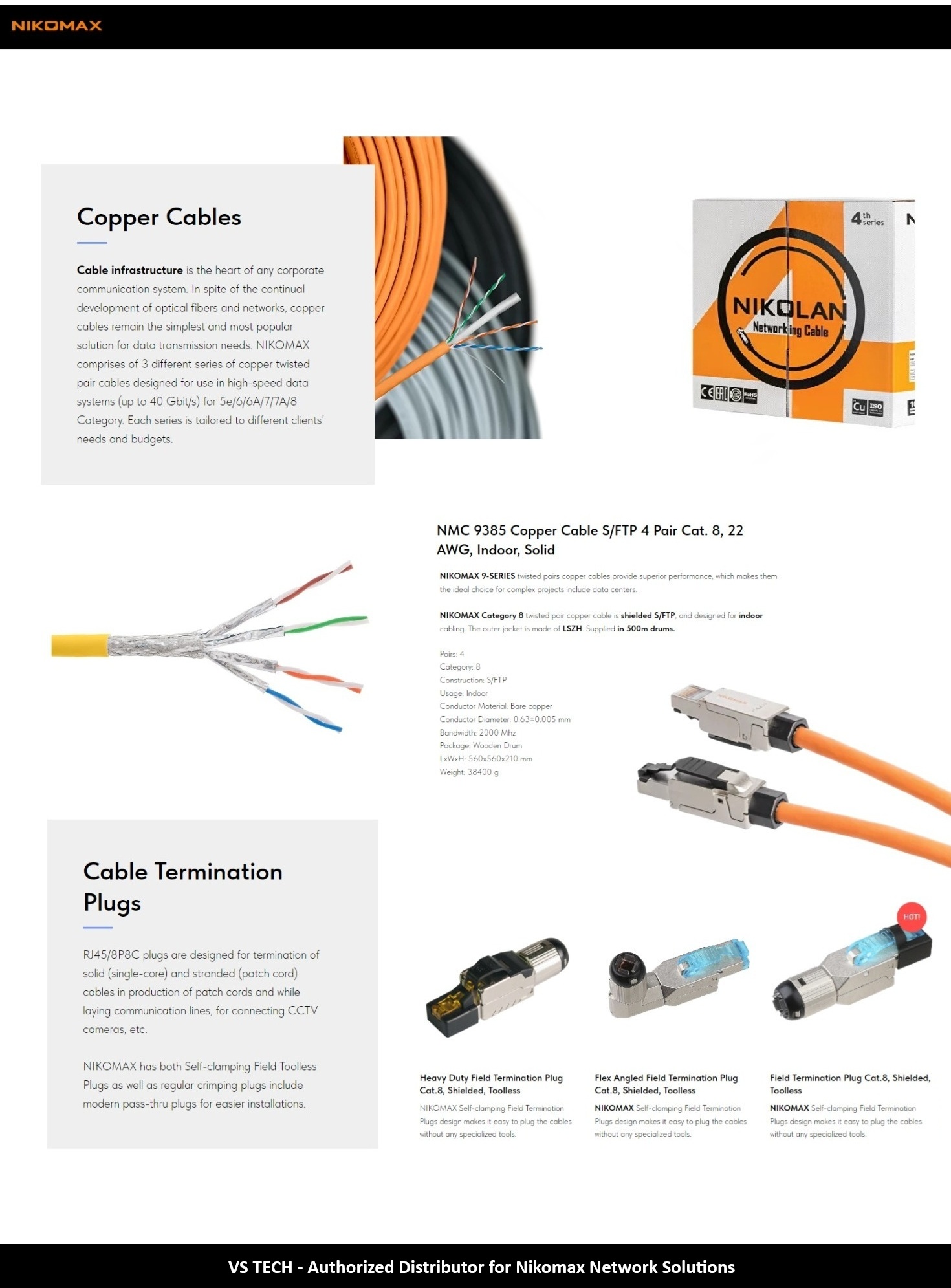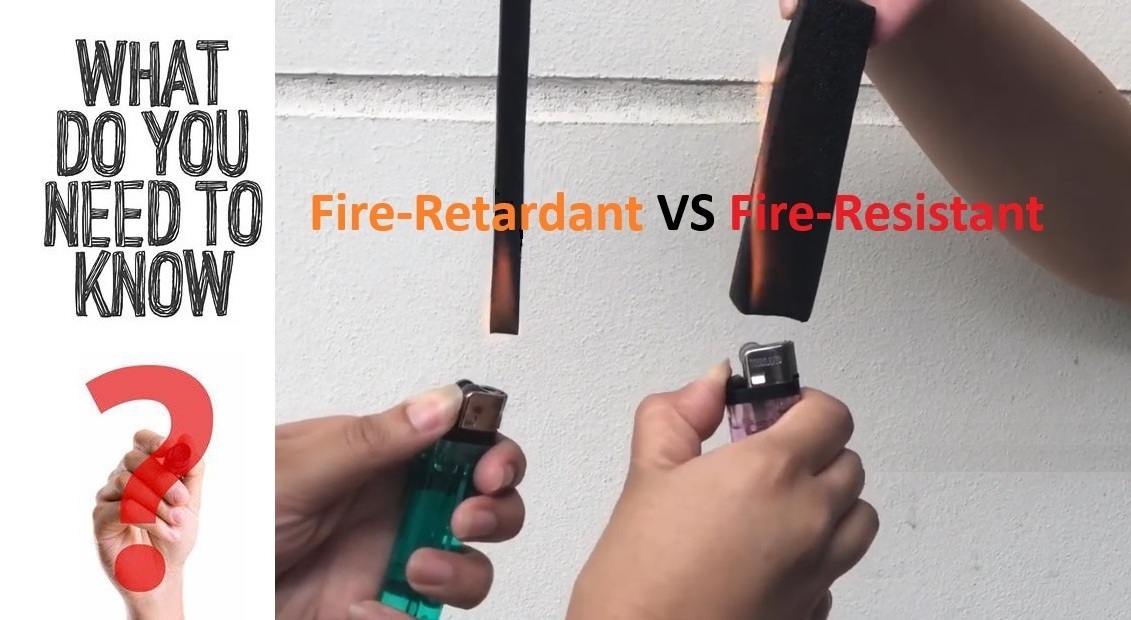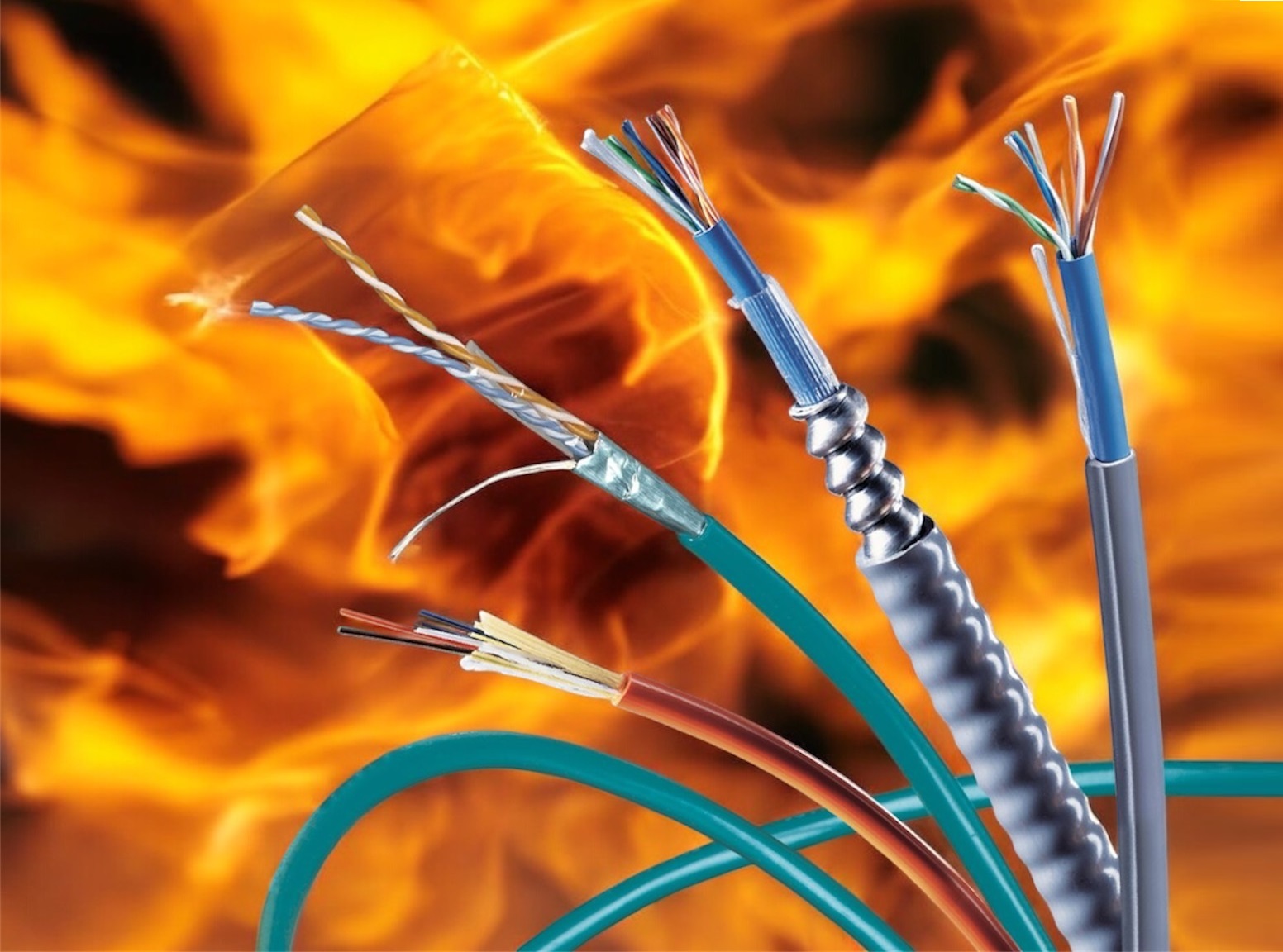Latest News
We are devoted to researching and developing the modern signal transmission cable and the joint hardware.
We are devoted to researching and developing the modern signal transmission cable and the joint hardware.

At first glance, SCS may seem like a minor component in data center construction, representing just 4% of the total project cost. As a result, many focus primarily on more visible systems such as air conditioning, power supply, and cooling. However, this approach is a common mistake.
The cabling infrastructure is the foundation of any data center. It directly impacts the facility's performance, efficiency, and reliability. Small errors or missteps in the design or installation of cabling can lead to significant problems that are difficult and costly to fix later.
For a data center to operate smoothly, the cabling system must be designed and implemented with precision from the beginning. A well-structured cabling system ensures that all components function seamlessly and future-proof the data center for technological advancements.
Investing in high-quality cabling solutions from the start is essential for achieving long-term success and operational stability.
Explore our advanced data center solutions today and ensure your infrastructure is built on a solid foundation.
For inquiries, contact us at sales@vstech.com.sg


Many users are often confused by the terms "fire-resistant" and "fire-retardant" when it comes to cables. While both types are designed to enhance safety in various applications, they serve different purposes and are assessed under specific IEC standards.
Fire-retardant cables are designed to resist the spread of flames. These cables are treated to self-extinguish when exposed to fire, preventing flames from traveling along their length. The performance of fire-retardant cables is evaluated according to IEC 60332, which focuses on flame propagation.
IEC 60332 includes several parts:
IEC 60332-1: Tests for vertical flame propagation for a single insulated wire or cable.
IEC 60332-3: Tests for vertical flame propagation for bunched cables.
These tests determine how well cables can limit the spread of flames, helping to reduce the risk of fire escalation in facilities.
In contrast, fire-resistant cables are constructed to maintain their functionality even under high-temperature conditions. Made from materials that do not catch fire easily, these cables can withstand prolonged exposure to flames without melting or dripping. The performance of fire-resistant cables is assessed according to IEC 60331, which evaluates how long cables can continue to operate under fire conditions.
IEC 60331 specifies:
The ability of cables to maintain functionality (such as transmitting signals or power) during exposure to fire for a defined period.
Requirements for both insulation and sheath materials to remain intact under high temperatures.
This standard is particularly important for structured cabling systems, where maintaining communication and power supply during a fire is essential for safety and operational continuity. Ensuring that these systems function properly can be critical for emergency response and evacuation procedures.
Function:
IEC Standards:

In summary, while both fire-retardant and fire-resistant cables are essential for fire safety, they have distinct functions. Fire-retardant cables help control the spread of fire, whereas fire-resistant cables ensure that critical systems, including structured cabling, remain operational during a fire.
Speak to us today! We have the right cable to meet your fire protection needs. Understanding these differences can help you make informed decisions when selecting cables for safety-critical environments.
Copyright © 2025 VS Tech Pte Ltd. All Rights Reserved.